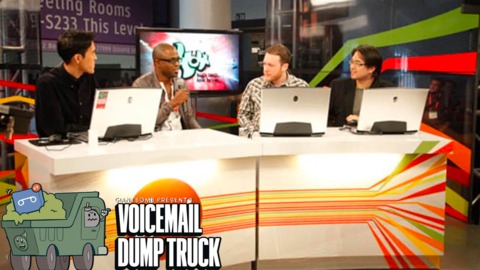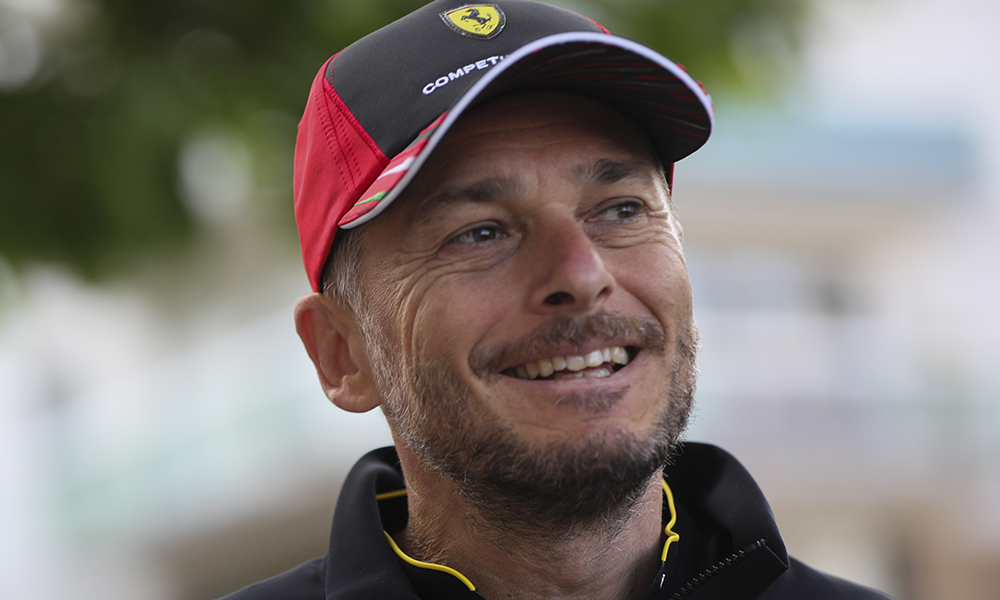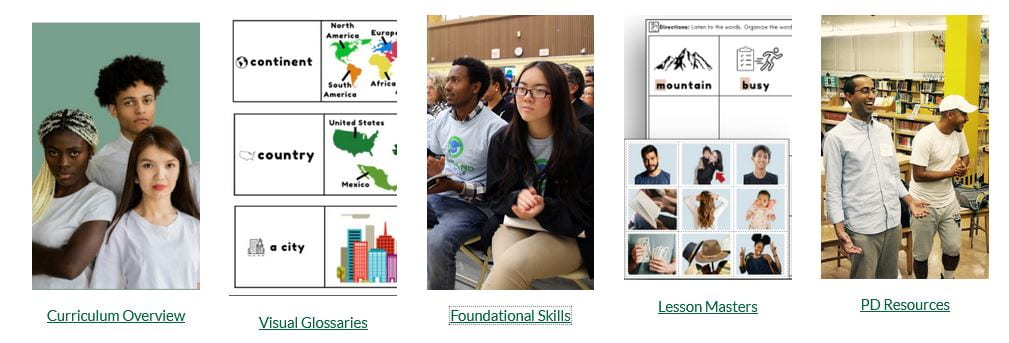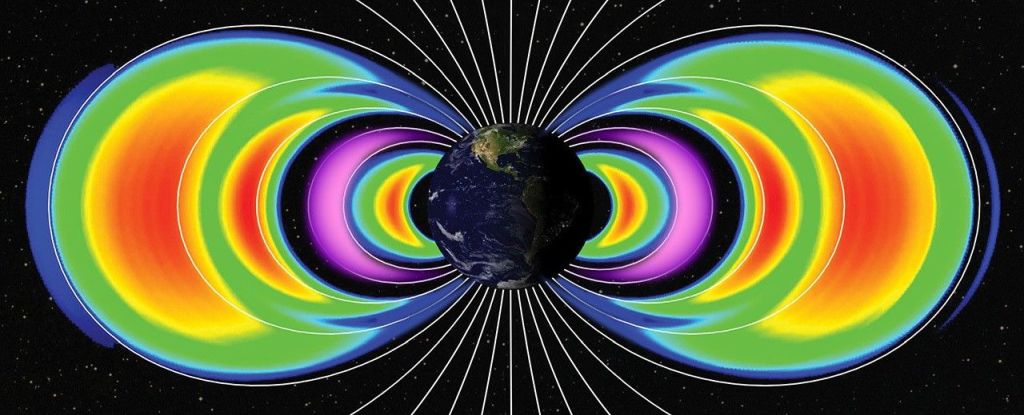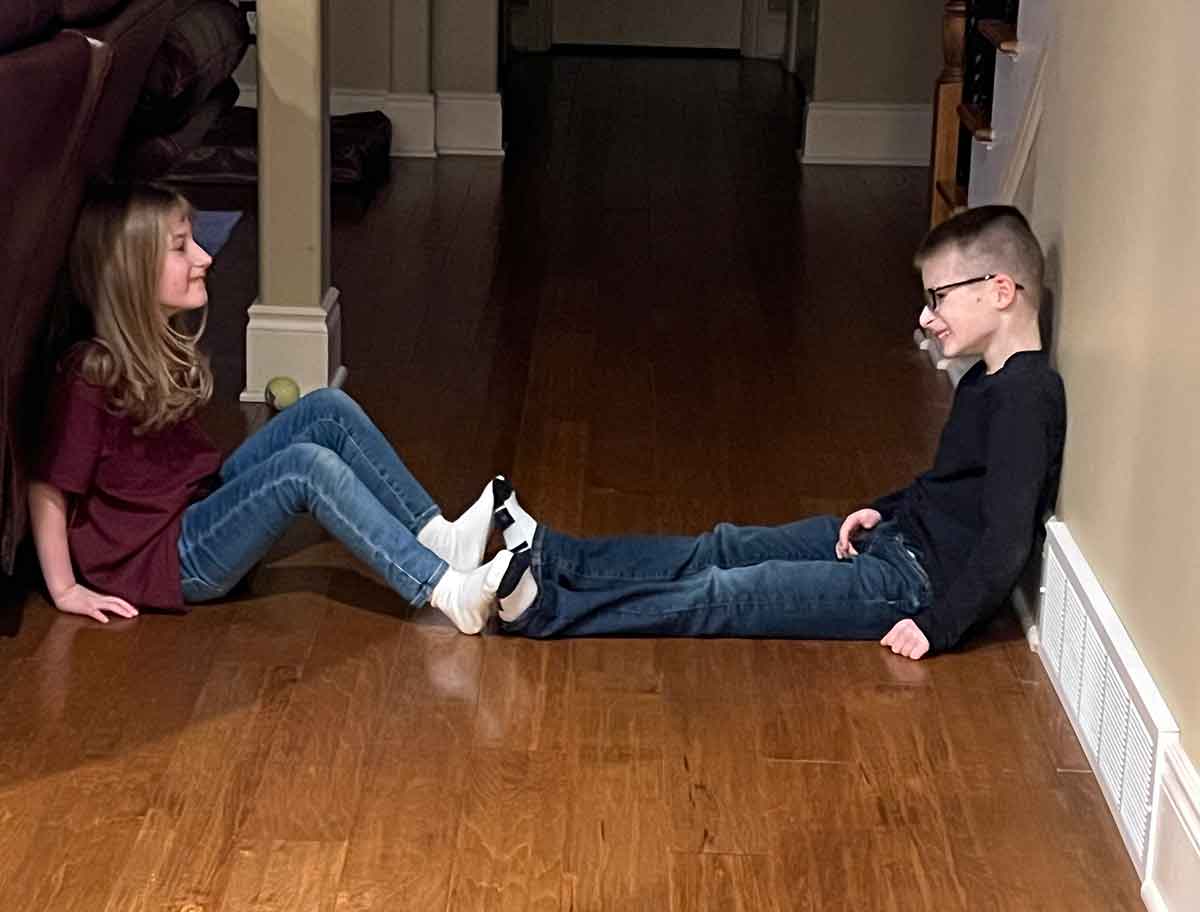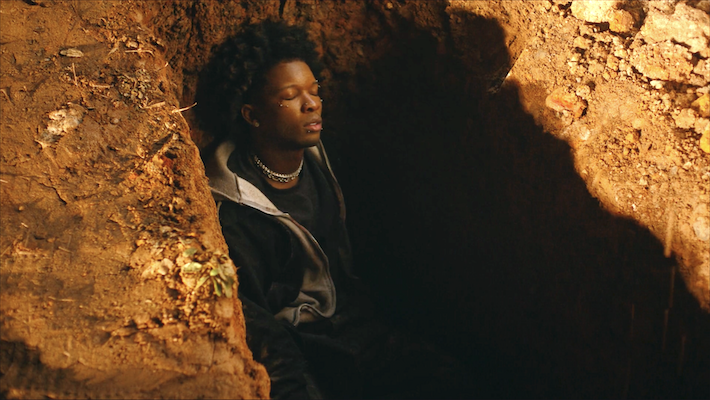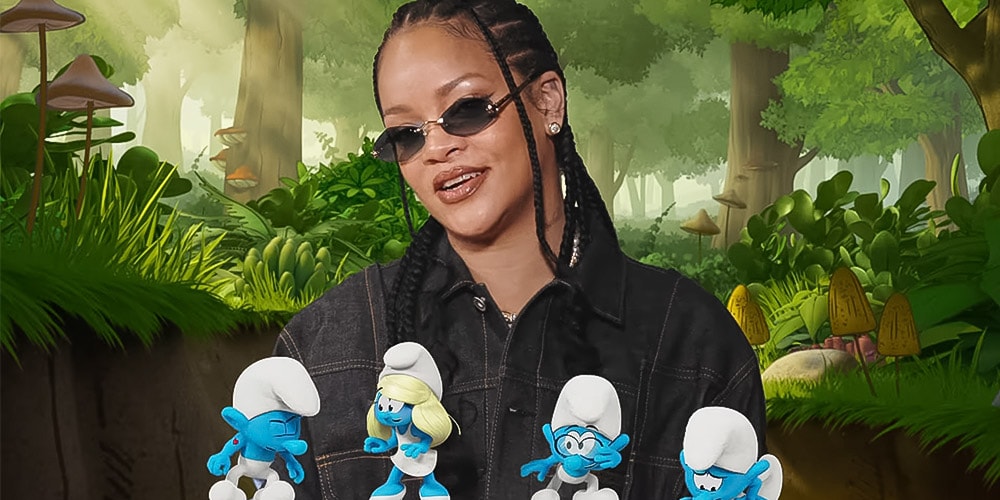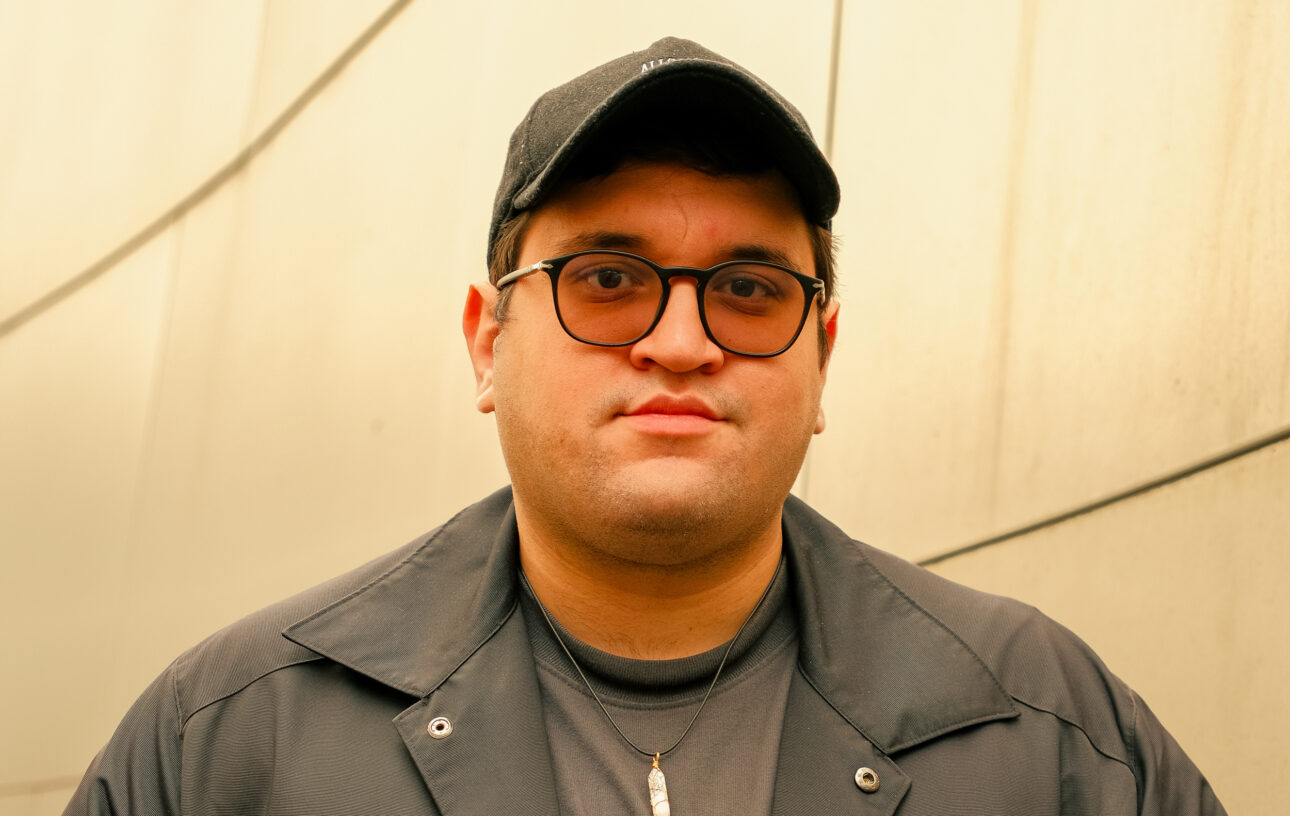A Solo Video Professional’s Quest to Make AI Actually Useful
Three years ago, I was working on a project that consisted of a couple of interviews of employees at a local business. It was a solo venture—I shot the interviews, took my gear home, and ingested my footage on my drives. I knew the story I wanted to tell, and I knew exactly how I was going to tell it—so why was I burning tons of hours watching this footage I just shot to find the soundbites I knew I was going to use?That sparked a conversation with my colleague about this process. The main question was: There’s got to be something out there that can meaningfully speed this process up.”Short answer: there wasn’t. Or at least not in the way in which I was imagining.I had hit a plateau—I had tuned my workflow to the -nth degree, but I still desperately wanted to speed up the manual processes I was getting inundated with. So that sparked an idea, which led to a company, which led to what we have today: Eddie AI. The Life of a Video CreatorFirst and foremost, I am a video creator, and I have been for the entirety of my career.Well, except for that one time during COVID when I bartended at a ski resort while I wrote filmmaking articles at night. But that was a different time. For the majority of that time (even during my years at Shutterstock Tutorials) I have been mostly a one-man band. As I’m sure a lot of you reading this can relate to, I’ve been a director, videographer, set designer, editor, animator, and everything else on most of my projects. I had to fill these roles on my own out of necessity—there just wasn’t anyone else that was going to do them with the budgets I was working with.As an independent video creator, I dreamed of having some help. I constantly envisioned something that would make me better and faster as a creator. I was almost begging the universe to deliver this sort of thing to me.Then the universe told me to go build it myself. “Build it, and they will come”, or whatever Kevin Costner said. So I did.The Assistant for Video EditorsI’m now the content and community manager for Eddie AI—the assistant for video creators that fits in the space between production and post-production by creating rough cuts from interviews through prompting and a bunch of other often-tedious work like logging b-roll. It also neatly integrates with your NLE of choice.Now, of course, there were plenty of challenges developing a platform like this. The biggest hurdle was what I refer to as “subjective vs. objective editing”. Asking an AI to create a story with your footage with a simple prompt such as “Make me a 5-minute video” will force the AI to make an educated guess on what would be the best 5-minute video it could make. Usually, it’s not going to be what you are envisioning. That’s because:An AI cannot read your mind. (Until we all have to implant that brain chip Elon is selling.)Your idea of a good edit is subjective. If you give the same footage to 5 editors, you’d get 5 different edits.There was also the challenge of coming together with AI scientists to establish a framework that would provide a usable edit—one that video professionals would find helpful.Storytelling and Editing CapabilitiesAs an early-stage company, we wear a lot of hats. On top of creating YouTube tutorials and managing our community, I do a lot of work with the AI team on the storytelling and editing capabilities of Eddie. We’re interdisciplinary, and for good reason - one of our core principles as a team is that if we are to truly create a powerful AI assistant for video pros, it’s not going to be created by a bunch of mathematicians sitting in a basement guessing what video professionals want. It’s going to happen with creatives and scientists partnering together to create something both useful and valuable to video creators.A fun process of bringing people from different specialties together to achieve a common goal like this is the first stage of communication. When you have a video creative (me) who knows as much about AI as I do about quantum physics and an AI scientist whose storytelling knowledge extends to seeing the name Joseph Campbell once in a New Yorker article, there needs to be a “common language” developed between the two to get anything done. That process involved me talking to Anthropic’s Claude for days on end to get a feel for AI, and assigning our lead AI scientist to watch the entirety of ESPN’s 30 for 30 series to get a feel for interview-driven stories. There were also lots of long discussions and debates at our local Chilis. Triple dippers are great conduits for open and honest conversations. Alleviate Difficulties in Post ProductionOur AI scientists are on customer calls and they see firsthand what goes into making a great video from the perspective of a creative. They feel the pain and empathize with the creators. It helps us all think about how to truly alleviate difficulties in post-production so we can be liberated to be more creative.Eddie was released on October 8th of last year. The response was great


Three years ago, I was working on a project that consisted of a couple of interviews of employees at a local business. It was a solo venture—I shot the interviews, took my gear home, and ingested my footage on my drives. I knew the story I wanted to tell, and I knew exactly how I was going to tell it—so why was I burning tons of hours watching this footage I just shot to find the soundbites I knew I was going to use?
That sparked a conversation with my colleague about this process. The main question was: There’s got to be something out there that can meaningfully speed this process up.”
Short answer: there wasn’t.
Or at least not in the way in which I was imagining.
I had hit a plateau—I had tuned my workflow to the -nth degree, but I still desperately wanted to speed up the manual processes I was getting inundated with.
So that sparked an idea, which led to a company, which led to what we have today: Eddie AI.
The Life of a Video Creator
First and foremost, I am a video creator, and I have been for the entirety of my career.
Well, except for that one time during COVID when I bartended at a ski resort while I wrote filmmaking articles at night. But that was a different time.
For the majority of that time (even during my years at Shutterstock Tutorials) I have been mostly a one-man band. As I’m sure a lot of you reading this can relate to, I’ve been a director, videographer, set designer, editor, animator, and everything else on most of my projects. I had to fill these roles on my own out of necessity—there just wasn’t anyone else that was going to do them with the budgets I was working with.
As an independent video creator, I dreamed of having some help. I constantly envisioned something that would make me better and faster as a creator. I was almost begging the universe to deliver this sort of thing to me.
Then the universe told me to go build it myself. “Build it, and they will come”, or whatever Kevin Costner said.
So I did.
The Assistant for Video Editors
I’m now the content and community manager for Eddie AI—the assistant for video creators that fits in the space between production and post-production by creating rough cuts from interviews through prompting and a bunch of other often-tedious work like logging b-roll. It also neatly integrates with your NLE of choice.
Now, of course, there were plenty of challenges developing a platform like this. The biggest hurdle was what I refer to as “subjective vs. objective editing”. Asking an AI to create a story with your footage with a simple prompt such as “Make me a 5-minute video” will force the AI to make an educated guess on what would be the best 5-minute video it could make. Usually, it’s not going to be what you are envisioning. That’s because:
- An AI cannot read your mind. (Until we all have to implant that brain chip Elon is selling.)
- Your idea of a good edit is subjective. If you give the same footage to 5 editors, you’d get 5 different edits.
There was also the challenge of coming together with AI scientists to establish a framework that would provide a usable edit—one that video professionals would find helpful.
Storytelling and Editing Capabilities
As an early-stage company, we wear a lot of hats. On top of creating YouTube tutorials and managing our community, I do a lot of work with the AI team on the storytelling and editing capabilities of Eddie. We’re interdisciplinary, and for good reason - one of our core principles as a team is that if we are to truly create a powerful AI assistant for video pros, it’s not going to be created by a bunch of mathematicians sitting in a basement guessing what video professionals want. It’s going to happen with creatives and scientists partnering together to create something both useful and valuable to video creators.
A fun process of bringing people from different specialties together to achieve a common goal like this is the first stage of communication. When you have a video creative (me) who knows as much about AI as I do about quantum physics and an AI scientist whose storytelling knowledge extends to seeing the name Joseph Campbell once in a New Yorker article, there needs to be a “common language” developed between the two to get anything done.
That process involved me talking to Anthropic’s Claude for days on end to get a feel for AI, and assigning our lead AI scientist to watch the entirety of ESPN’s 30 for 30 series to get a feel for interview-driven stories. There were also lots of long discussions and debates at our local Chilis. Triple dippers are great conduits for open and honest conversations.

Alleviate Difficulties in Post Production
Our AI scientists are on customer calls and they see firsthand what goes into making a great video from the perspective of a creative. They feel the pain and empathize with the creators. It helps us all think about how to truly alleviate difficulties in post-production so we can be liberated to be more creative.
Eddie was released on October 8th of last year. The response was great, if not overwhelming. Users seemed excited about what we were trying to do. However, there were limitations to the stories that could be created with Eddie.
The biggest limitation of the first version of Eddie was that it could grab great soundbites, but it was having trouble threading them together in a meaningful way. As any good video storyteller knows, it’s not what you say, but how you present what is said.
So that brought us back to the basics. What makes a good story, and why? And what makes a good story for you and your client?
Well, any good story follows a framework. The Hero’s Journey, the Story Circle, the list goes on - there have to be stakes that are built, and then resolved for humans to really feel the weight of a story. That’s how I build my stories in my videos - separate soundbites into sections, and assemble the story from there.
The Hero’s Journey
Thus was born the “Eddie Contract”. The premise was simple—Before an edit is even provided, Eddie develops a story framework for you after examining your video. You agree to the framework with Eddie (with any additions/amendments you want). It’s kind of like a treatment agreement with a client—it gets both of you on the same page.
Since Eddie is fine-tuned for corporate interview talking-head type work, I developed a simplified framework for it to follow:
- Intro - Who are we talking about and why do we care?
- Conflict - What is the hurdle that these people have to overcome?
- Resolution - What did they do to solve the problem?
- Conclusion - How has their world changed because of their solution?
The sections are then combined at the end, creating a 4-pillared story framework edit.
We also enabled Eddie to prioritize duration in its edits. The first version of Eddie had trouble getting on the dot for duration, so now you can enable the exact duration if you are looking for a hard-end edit. It takes a bit longer, but it’s an option.
Then, it exports to an NLE for the finite edits, b-roll addition, and following accouterment that turns a good video story into a great one.
It turns story crafting into a fun back-and-forth—like you are creating something in real-time with a super-powered assistant.
The Process to Create a Story
Now there are still some trade-offs: There is a limit of 10 minutes for the final edit, and it is slightly slower than our V1 of Eddie. It’s not a one-prompt solution, but a process with Eddie to create a story. But, I think it’s a meaningful improvement on our original release, and according to our users, they’ve developed some amazing stories using our “Rough Cut” version.
This version of Eddie is releasing today on Eddie for Mac and Windows.
I know there are more video creators out there like me who are scrappy, try to do more with less, and make videos in crazy circumstances out of pure love of the game who are looking for solutions to their problems. There are probably DOZENS of us. DOZENS!
We created Eddie to help that specific person. We are at a nexus point of insane technology that was simply a dream when I first got into the game. Just like when we switched to digital editing for the accessibility of it compared to an analog editing system, these tools are made to assist you do one thing: tell amazing stories.
So if the above sounds like you, you can trust Eddie to be your trusty sidekick as you continue the journey to make a living doing what you love. From one video creator to another, it’s the best way to overcome that plateau and create video stories more efficiently than you could ever imagine.























